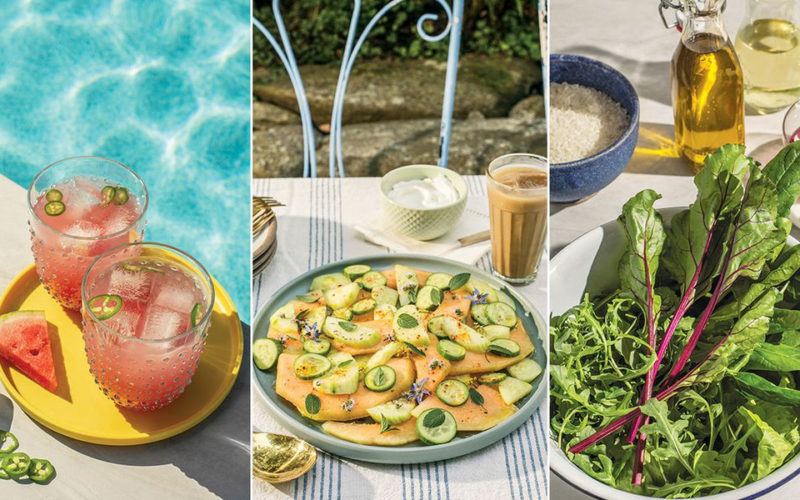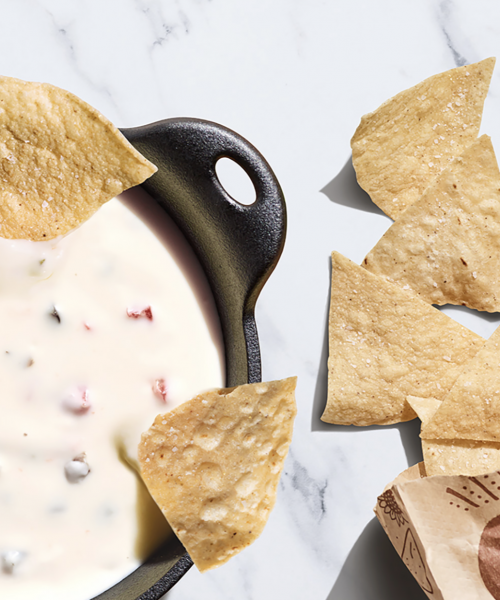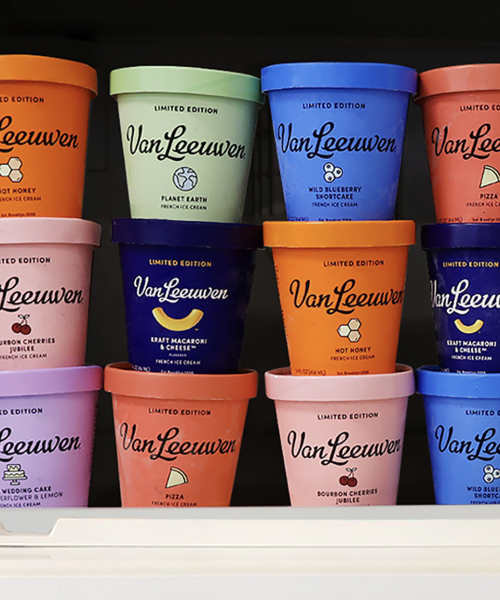By Bob Townsend / For the AJC
Troy Warren for CNT
“Eat Cool: Good Food for Hot Days” by Vanessa Seder (Rizzoli, $39.95) is one of the smartest and most useful cookbooks I’ve happened on in a long time — especially for anyone living in a place where summers are stifling.
“Eat Cool” promises “100 Easy, Satisfying, and Refreshing Recipes That Won’t Heat Up Your Kitchen.” And it delivers, with dishes that use cooling seasonal ingredients, require little or no heat to prepare, and often can be served cold or at room temperature.
Seder, who is a chef, food stylist, recipe developer, teacher, author and co-founder of the culinary design collaborative Relish & Co., currently lives in Portland, Maine. But for many years, she and her husband lived in Brooklyn, where they braved the hot and humid New York summers. And even now, in Portland, they get by with a single window air conditioner.
“We have an 8-year-old, and I was trying to figure out what to feed my family, so I just started playing around with what felt right for our bodies — both to help cool us down, and not heat up the kitchen,” Seder said during a recent phone call. “When I started compiling recipes, the teacher part in me came out, and I thought this could be helpful to people. It’s not like an idea that’s never been thought of before. But I’d never seen a whole book dedicated to it before.”

Seder includes recipes for breakfast, salads, small plates, bowls, main courses, and desserts, plus sections with sauces and pantry staples, all designed with home cooks in mind.
There are Asian, Indian, South American, Mexican, Middle Eastern, and Mediterranean influences in many of the dishes. And during her research, Seder identified foods that take more energy to break down, and therefore tend to make you hotter.
“I really wanted to curate the recipes in this book to reflect that,” she said. “All the recipes would be ideal for those hot days, when you want to do the opposite. They take less time on the stove, or minimal time in the oven, or no cooking whatsoever. But it’s not a raw foods cookbook. There’s a lot of cooking involved.”
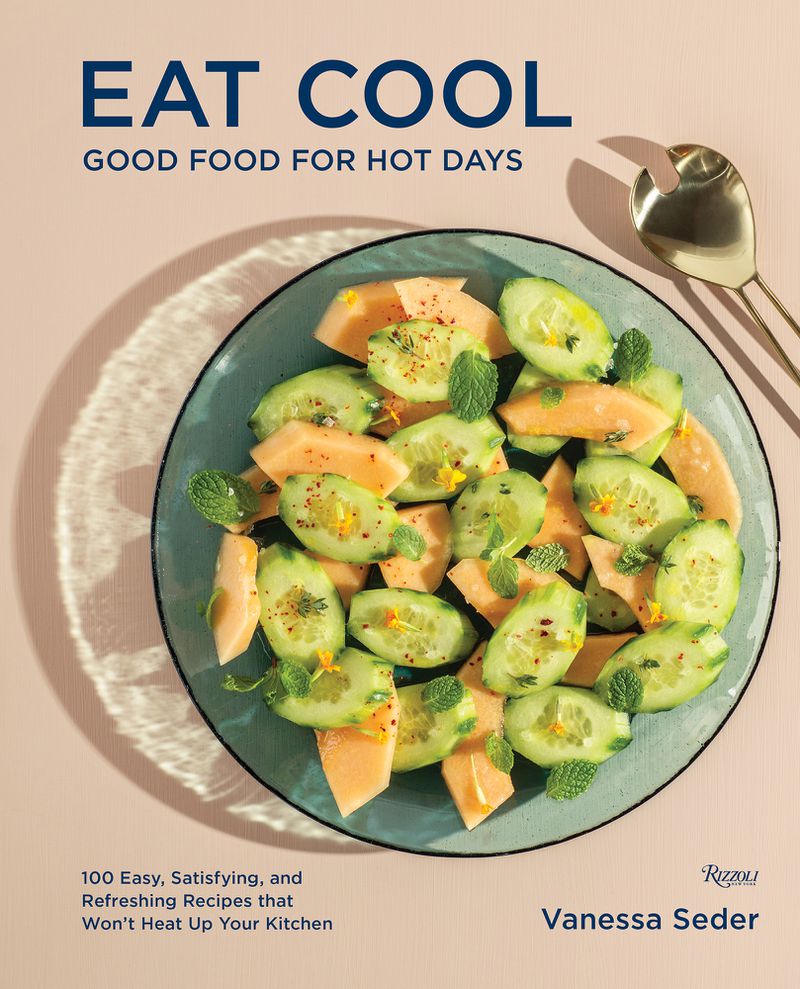
In addition to cooking, there’s mixology in “Eat Cool,” too, with recipes for agua fresca, tea drinks, wines for hot weather, sangria, and infused ice cubes.
“It’s an obvious thing that when it’s hot, you want to drink something refreshing,” Seder said. “There are some that are nonalcoholic, like shrubs, which are really great. You just make this concentrate, and then you can have it whenever you want, with fizzy water or still water, or alcohol, like a vodka or a white wine, if you want. It’s also a fun thing to bring to someone’s house as a gift.”
When it comes to summer, Seder thinks “Eat Cool” can serve as a guide to cooking dishes that can travel well for outdoor get-togethers with family and friends.
“We’re at the point where more and more people are getting vaccinated, and everyone wants to have a good time, so I foresee lots of outdoor entertaining all summer,” she said. “The great thing about the recipes in the book is that I thought about all that.”
RECIPES
These four recipes from “Eat Cool: Good Food for Hot Days” by Vanessa Seder are designed to beat the heat, from breakfast to lunch to dinner, and cocktail time, too.
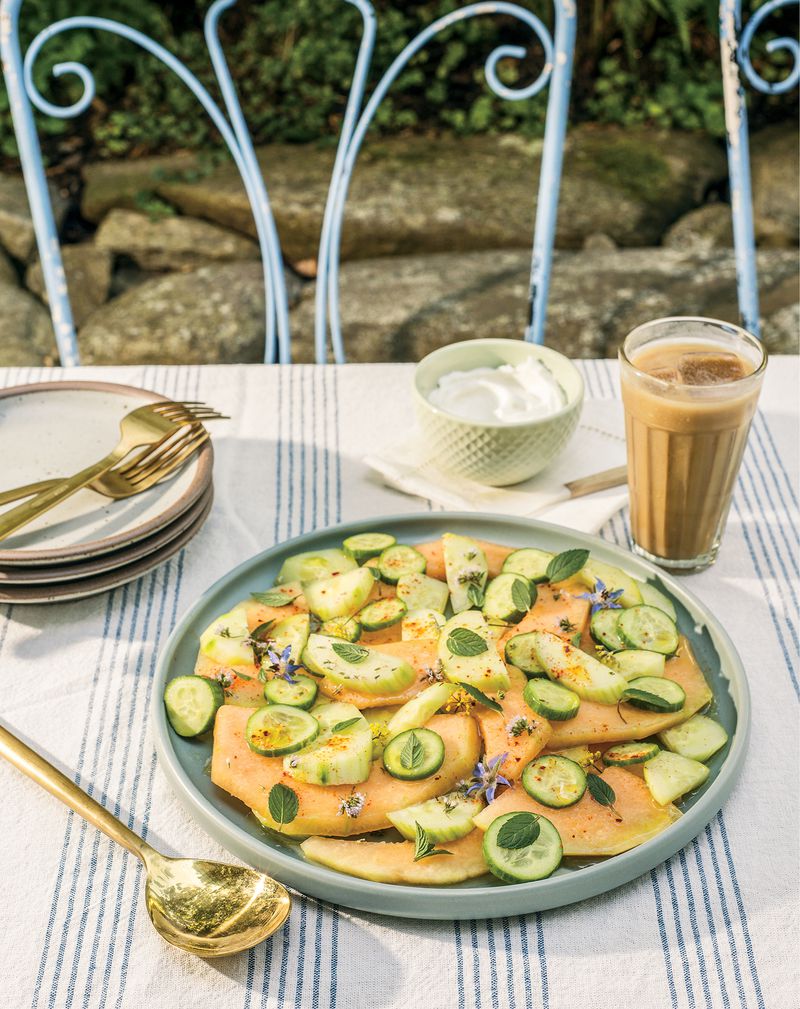
Breakfast: Melon and Cucumber Breakfast Salad
Seder noted that this was one of the first recipes she came up with during the “blistering hot” summer she started working on recipes for her family. “It was perfect for breakfast because we served it with some unsweetened yogurt on the side, so it’s not like you don’t feel satiated,” she said in our interview. “Really good melon and cucumbers, hopefully in season from the farmers market, are the stars of the dish. It’s a really nice combo of sweet, salty, sour, and floral, with mint and edible flowers. And you don’t have to cook anything.”
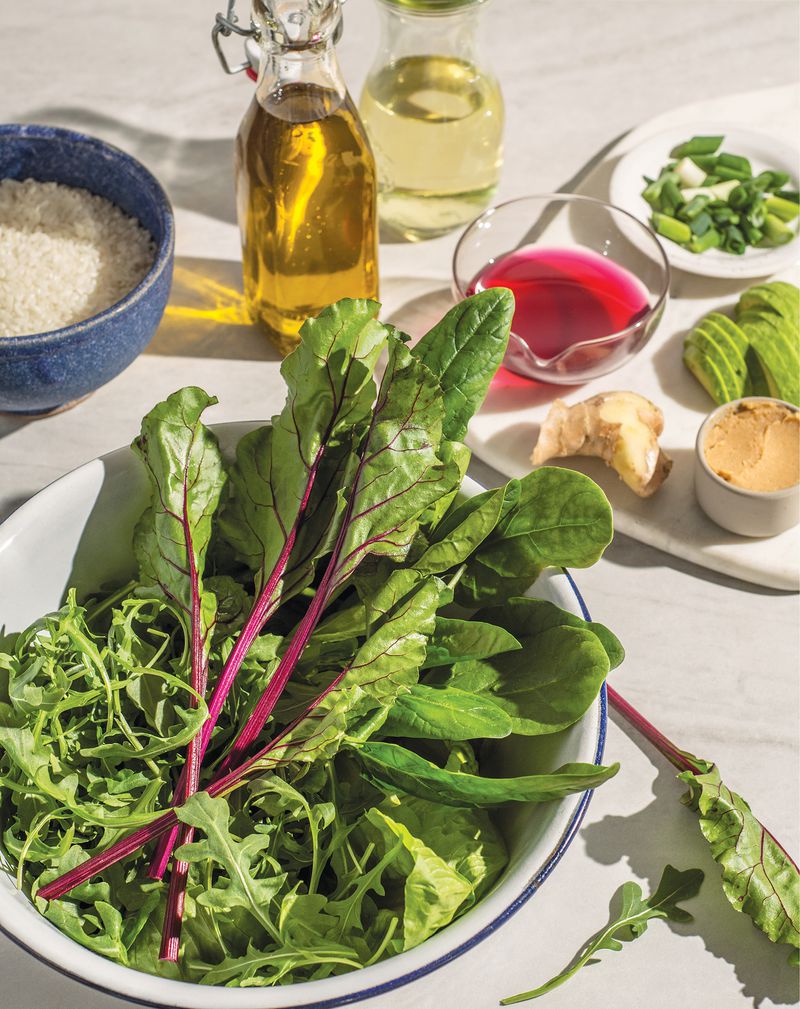
Lunch: Farmers Market Greens and Rice Soup With Ginger and Miso
Seder invented this Japanese-influenced recipe as a way to use up any greens she had left over, including the leafy tops of some beets. “I try to shop at the farmers markets as much as I can to support local farmers,” she said. “But because it’s a little more pricey, I don’t want to waste the greens. This soup has a lovely balance of flavors, with the umami from the miso. And if you have leftover rice, you don’t even have to stand over the stove to cook it.”
Lunch: Farmers Market Greens and Rice Soup With Ginger and Miso
3 cups chopped romaine lettuce
3 cups packed spinach leaves
1 cup chopped beet greens (thick stems removed)
1 cup packed arugula leaves
1/2 cup thinly sliced scallions
2 cups vegetable broth
2 cups cooked and cooled sushi rice (you can use leftover rice)
1/2 cup extra-virgin olive oil, plus more for drizzling
2 tablespoons mirin
1 tablespoon sweet white miso paste
1 tablespoons grated fresh ginger
1 tablespoon umeboshi vinegar
1 tablespoon rice vinegar
Sea salt
Freshly ground pepper
2 cups thinly sliced greens of choice for topping
1 avocado, sliced, for topping
Combine the lettuce, spinach, beet greens, arugula, scallions, and vegetable broth in a high-powered blender. Blend on low speed until the greens are finely chopped, then blend on high speed until smooth.
Add the rice, olive oil, mirin, miso paste, ginger, umeboshi vinegar, and rice vinegar and blend on medium speed until smooth. Season with salt and pepper.
Divide among 4 bowls and top with the thinly sliced greens and avocado and a drizzle of olive oil. Serve immediately or refrigerate in an airtight container for up to 2 days (garnish just before serving). Serves 4.
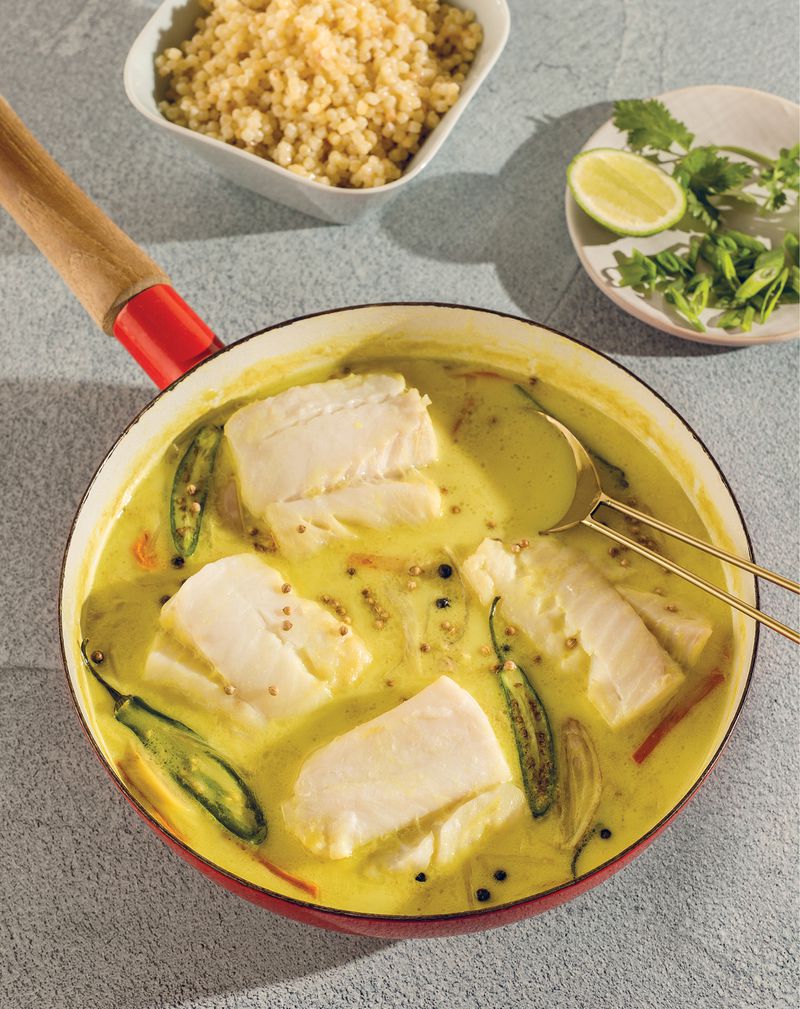
Dinner: Coconut Milk, Turmeric, Ginger and Black Pepper-Poached Cod With Israeli Couscous
Based on some of the principles of the Ayurvedic diet, this recipe features turmeric, ginger and black pepper as a way of eating hot foods to cool off. “It’s about these receptors in our mouths that communicate with the hypothalamus in our brains,” Seder said. “When we eat something warm, it actually triggers the process of sweating, which is our internal cooling system. But this dish is really nice for dinner. The cod is paired with Israeli couscous, so it’s kind of comforting, and just a nice way to end the day.”
Dinner: Coconut Milk, Turmeric, Ginger and Black Pepper-Poached Cod With Israeli Couscous
For the fish:
4 (6-ounce) pieces center cut cod fillet, pin bones removed
Sea salt
3 1/3 cups coconut milk (two 13.5-ounce cans)
1 1/2-ounce piece fresh unpeeled turmeric, thinly sliced (or 1 tablespoon ground turmeric)
1 1/2-ounce piece fresh unpeeled ginger, thinly sliced
4 cloves garlic, smashed with the side of a chef’s knife and peeled
1 shallot, peeled and thinly sliced
2 serrano chiles, stems removed, slice in half lengthwise
1 tablespoon light brown sugar
1 teaspoon whole coriander seeds
1/2 teaspoon whole black peppercorns
For the couscous:
1 tablespoon virgin (unrefined) coconut oil
1 cup Israeli couscous
1 1/2 cups seafood stock
2 scallions, thinly sliced, for serving
1 cup fresh cilantro sprigs for serving
8 lime wedges for serving
To make the fish: Sprinkle the cod lightly all over with 3/4 teaspoon salt and set aside.
Combine the coconut milk, turmeric, ginger, garlic, shallot, serrano chiles, brown sugar, coriander, black peppercorns and 1 teaspoon salt in a large high-sided skillet. Stir to combine, cover with the lid, and bring to a simmer over medium heat, 12 to 15 minutes.
Remove the lid, stir, and add the cod to the skillet. Cover with the lid again and continue to cook until the fish is just cooked through, 8 to 10 minutes. Remove the lid and set aside.
To make the couscous: While the fish cooks, melt the coconut oil in a medium saucepan over medium-high heat.
Add the couscous and cook, stirring occasionally, until the couscous is toasted in parts, about 2 minutes.
Add the stock and bring to a boil. Cover, reduce to a simmer, and cook, stirring a few times during cooking, until tender, about 10 minutes.
To serve: Divide the couscous among 4 large bowls. Top each with a piece of fish and spoon a good amount of coconut cooking broth over the top. Garnish with scallions, cilantro and lime wedges and serve immediately. Serves 4.
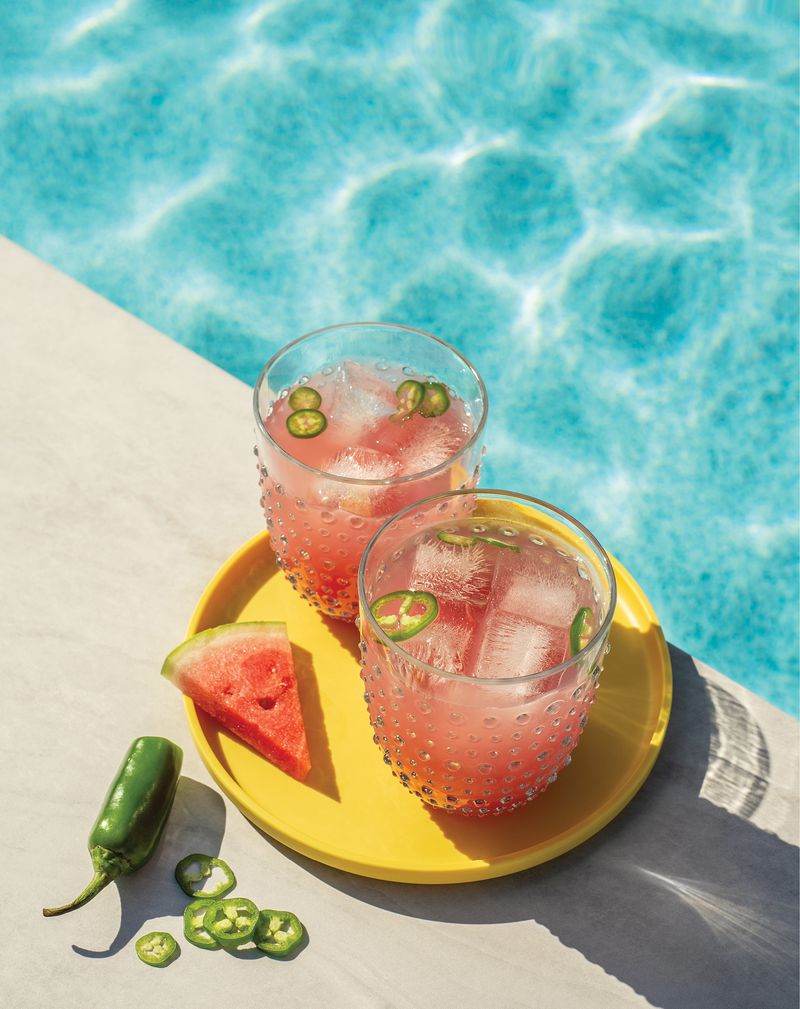
Drink: Watermelon, Jalapeno, and Salt Caipirinhas
Caipirinhas are traditionally made with just three simple ingredients: lime, sugar and cachaça. Available at most liquor stores, cachaça is made from sugar cane, and brings its own unique flavor. “Here I’ve thrown in a few wild cards to up the hot-weather-relief ante — namely watermelon, spicy jalapeno, and a bit of salt as a flavor enhancer,” Seder said in “Eat Cool: Good Food for Hot Days.” “Just be careful — caipirinhas go down easy, and cachaça packs a punch.”
Drink: Watermelon, Jalapeno, and Salt Caipirinhas
4 cups chopped seedless watermelon (from 1 small seedless watermelon)
3 tablespoons thinly sliced jalapeno chile, divided
1/2 cup fresh lime juice
3 tablespoons sugar
4 ounces (1/2 cup) cachaça
3/4 teaspoon sea salt
Ice cubes for serving
Place the watermelon, 1 tablespoon of the jalapeno, the lime juice, and sugar in a blender and blend on high speed until smooth.
Push the watermelon juice mixture with a silicone spatula though a fine-mesh strainer over a large measuring cup or pitcher. Stir in the cachaça and salt.
Fill 4 medium cocktail glasses with ice and divide the remaining jalapeno slices among them. Strain the caipirinhas into the 4 glasses. Serve immediately. Serves 4.
In Other NEWS


























